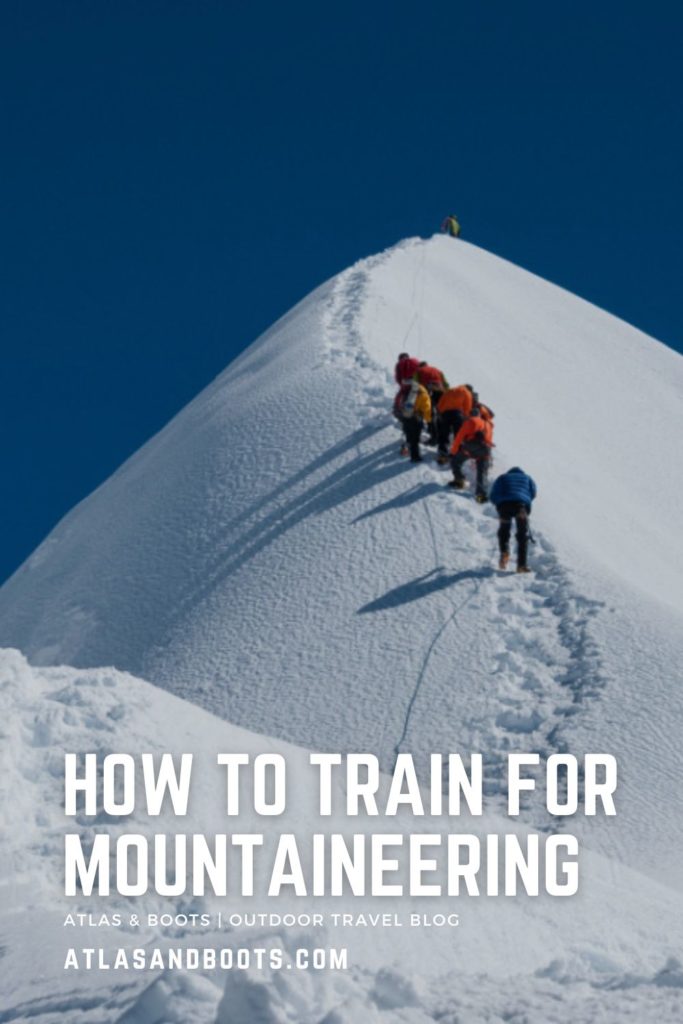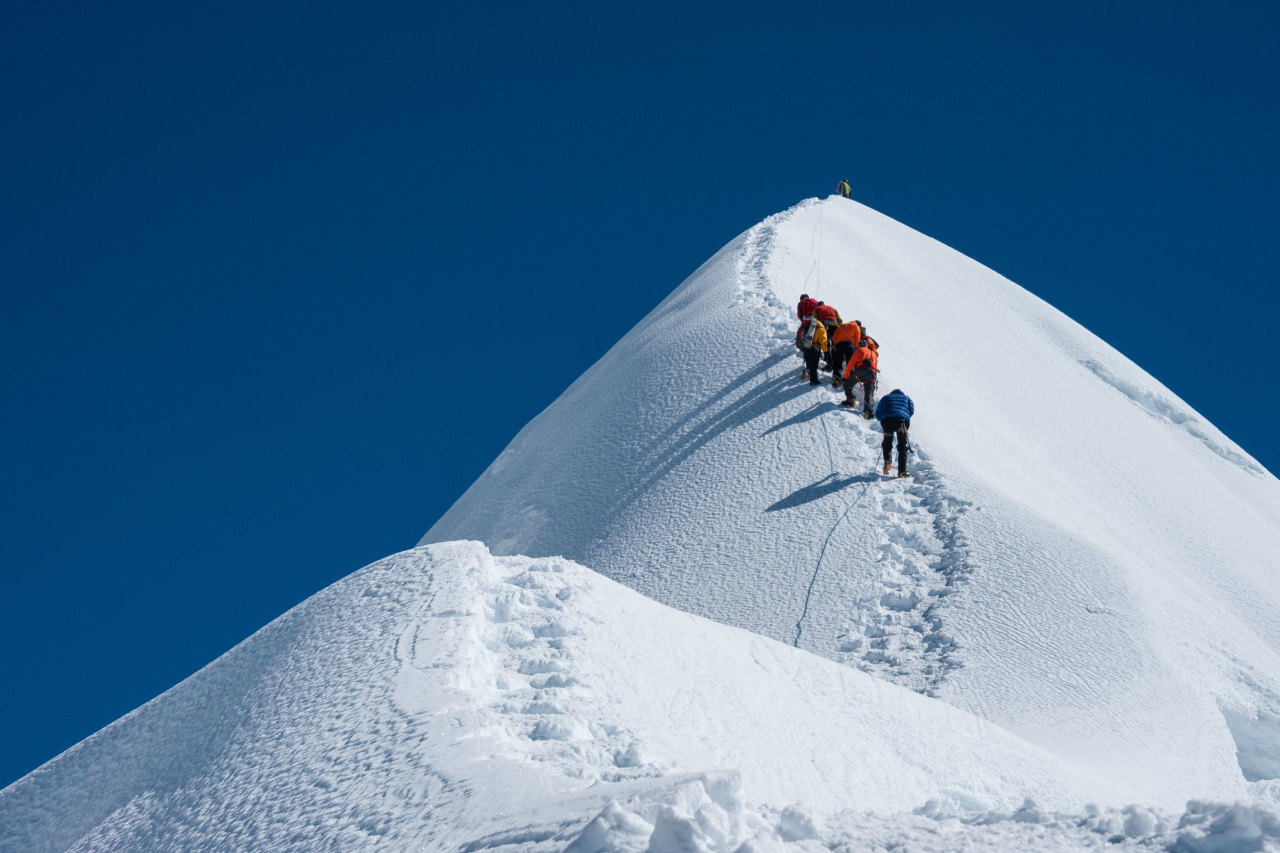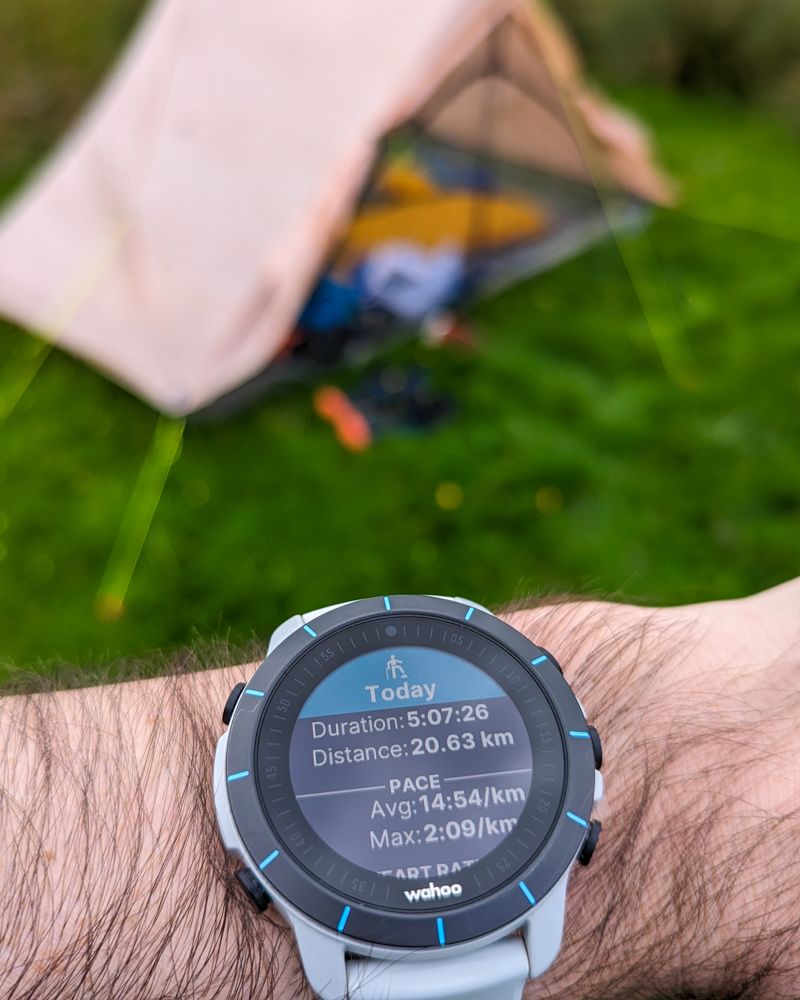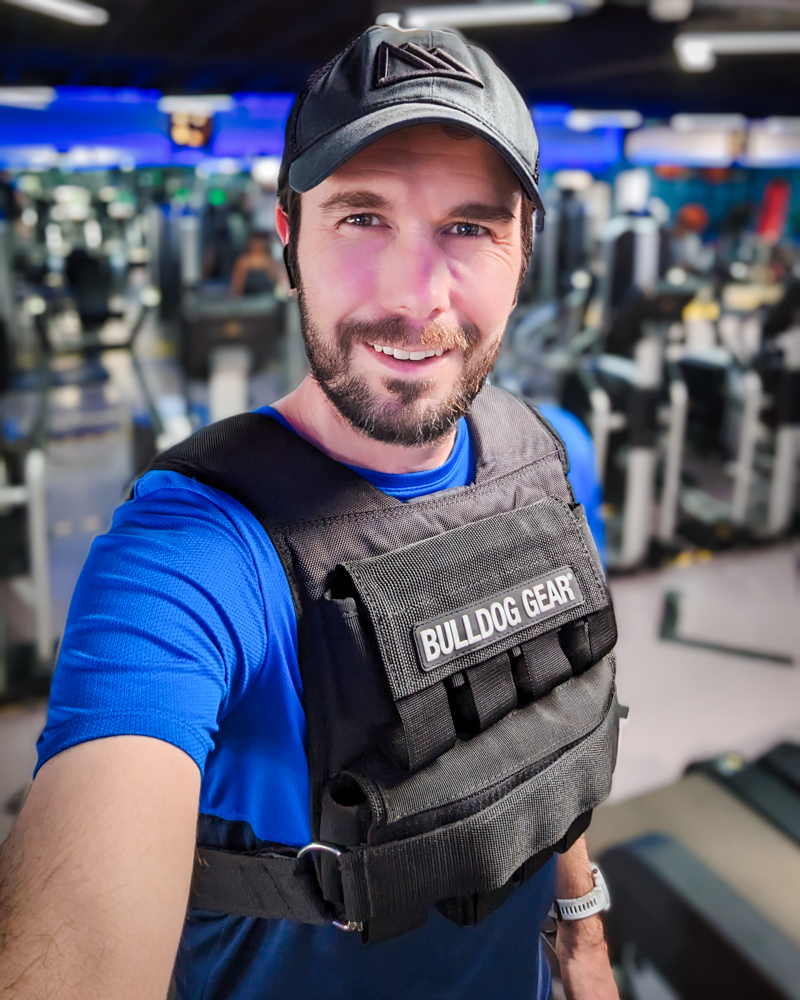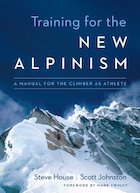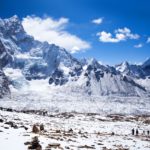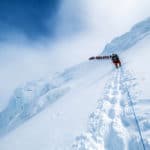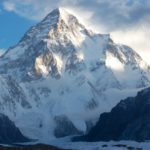Ahead of his next seven summit attempt, Peter shares expert advice on how to train for mountaineering expeditions such as Denali and Everest
I climbed my first high-altitude mountain back in 2010. At 5,895m (19,340ft), Kilimanjaro is Africa’s highest peak and while I had some hillwalking behind me, I had no prior experience of trekking at altitude, wasn’t fit enough and didn’t have the right gear. In hindsight, I was fortunate to make the summit considering I was so underprepared.
Thirteen years later, I’ve climbed four of the seven summits including Elbrus and Aconcagua and completed several high-altitude treks such as Everest base camp and K2 base camp. I have backpacks full of outdoor gear and am fitter now at 39 years old than I ever was in my twenties. That said, I need to up my game for my next target: Denali, the highest peak in North America at 6,194m (20,322ft).
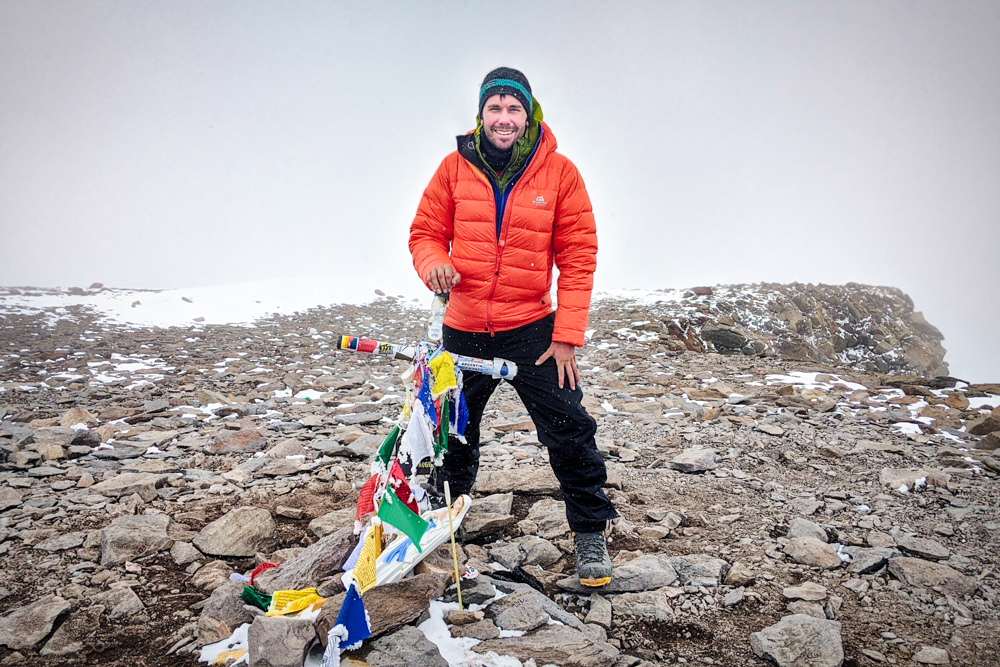
Denali is arguably the second hardest mountain of the seven summits. It is an extremely challenging campaign as climbers must carry heavy loads throughout, particularly at the beginning of the expedition where they must carry a 25kg backpack and haul a 25kg sledge over a crevasse-strewn glacier to camp one. The notoriously stormy and unpredictable weather on a mountain located at 63° North – just 3° degrees south of the Arctic Circle – makes it even tougher. This means I need to be significantly fitter and stronger.
When it comes to high-altitude mountaineering, there are no shortcuts to the top. There’s no substitute for spending time in the mountains – and living in London doesn’t lend itself to the ideal preparation! This means putting in some serious gym time over the next 12 months.
- Climbing the seven summits: a route to the top
- How much does it cost to climb the seven summits?
- Mountaineering calendar: when to climb the world’s great peaks
- Climbing Mt Elbrus: my second seven summit
- Climbing Aconcagua: my third seven summit
How to train for mountaineering: a seven-step plan
After extensive research, I’ve put in place the following seven-step plan which will hopefully get me to the summit of Denali.
1. Choose a training plan
For a while, I considered hiring a personal trainer but then I met another would-be seven summiteer who was about to embark on a six-month training program for Everest. He shared some advice and after a little research of my own, I signed up for a training program with Uphill Athlete who specialise in training plans specifically for high-altitude mountaineers and alpinists.
The 24-week expeditionary mountaineering training plan is tailored for those planning to attempt high-altitude summits such as Denali or Everest. The program is subscription-free, meaning once you’ve bought it ($99 USD), you own it outright and can re-use the plan as many times as you want.
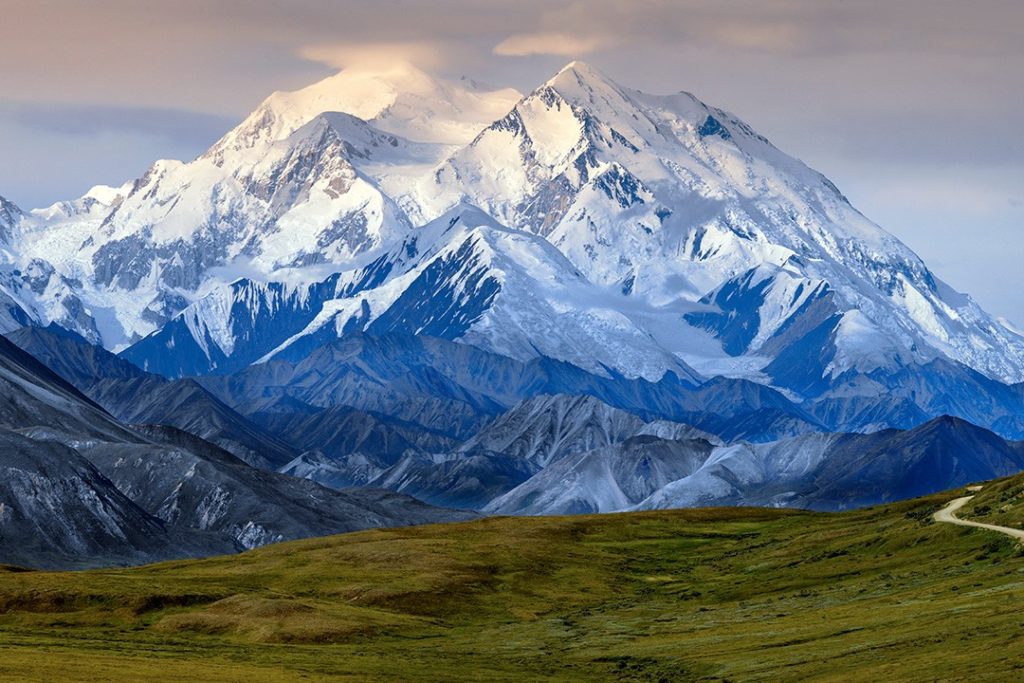
The plan is based on the best-selling book Training for the New Alpinism. Written by professional climber, mountain guide and Patagonia ambassador Steve House and US Nordic ski coach Scott Johnston, the book is widely regarded as the best training manual for climbers and alpinists. The Uphill Athlete training plan includes excerpts and exercise routines taken directly from the book.
The program recognises that a challenging aspect of training is getting regular access to the outdoors. As such, many of these routines can be completed at home using only basic equipment. However, for aerobic endurance training, you will need either access to hilly terrain or gym equipment such as treadmills and stairmasters that can replicate the uphill elements. I use my local gym.
2. Follow a training program
The 24-week program focuses on building aerobic endurance and strength over three main stages. This begins with an initial eight-week period which establishes a base level of fitness through general conditioning which includes uphill hiking, running and core and strength routines.
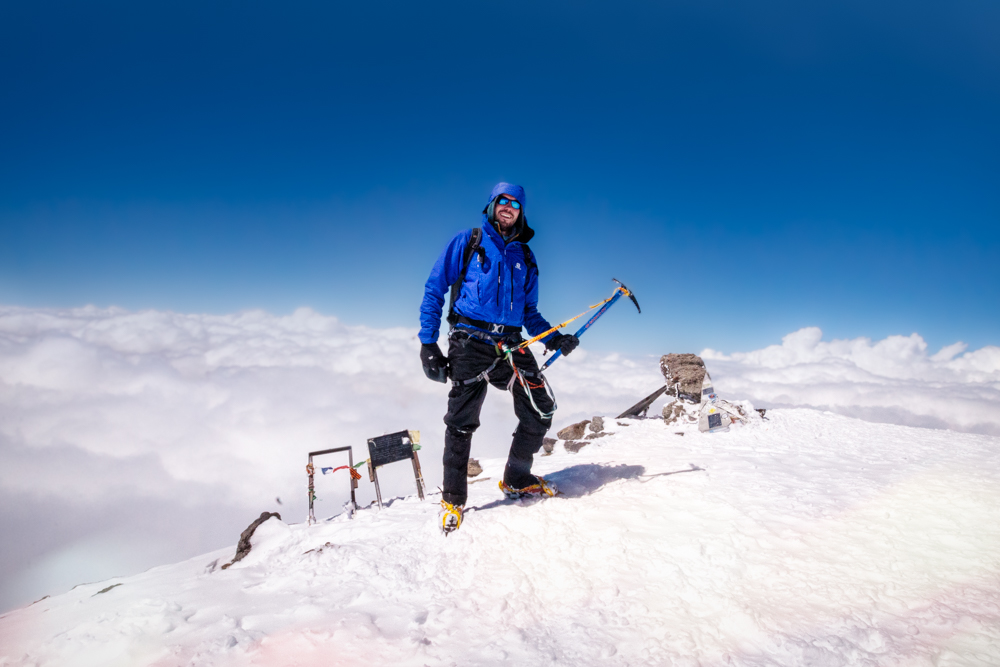
The program then applies more complex strength training such as exercises specifically designed to develop muscle groups required for rope pulling, uphill climbing and carrying heavy backpacks at altitude. The program continues to ratchet up and fine-tune the workouts until the final week where it tapers off in preparation for your expedition departure.
I’m currently in the 13th week of the regime which looks like this:
- Saturday: 3-hour hike on hilly terrain
- Sunday: 1.5-hour core and strength workout followed by a 35-minute fixed rope-pulling routine
- Monday: 2-hour uphill hike carrying 15% bodyweight
- Tuesday: rest day (still do some yoga or take a light walk)
- Wednesday: 1-hour run or hike
- Thursday: 1.5-hour core and strength workout followed by a 35-minute fixed rope-pulling routine
- Friday: 40-minute recovery run or jog
As I’m still around a year out from the expedition, I will repeat weeks 12 to 16 with slight increases in weekly aerobic training volume until I’m eight weeks out from the expedition. Then I will rejoin the final eight-week schedule until departure.
3. Use a training platform
Uphill Athlete runs on TrainingPeaks, a powerful endurance training platform and app. At the core of the platform are colour-coded workout cards overlaid on an uncomplicated calendar that shows you when and how you need to train. You receive a daily email outlining the day’s activities and targets. If I miss a workout, the card turns red; fall short, it turns amber; hit my target and it turns green.
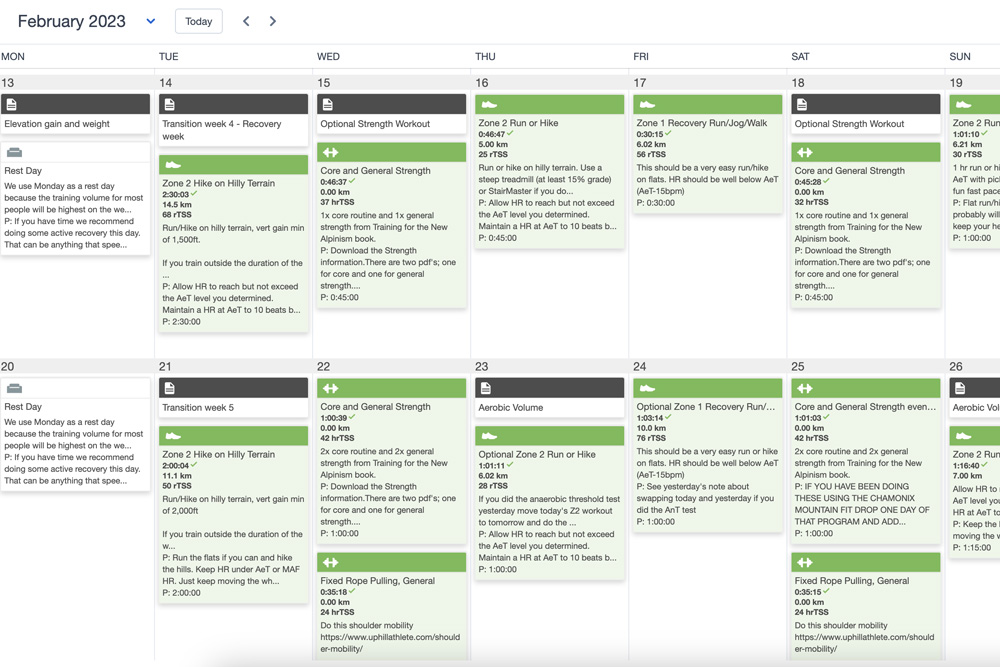
TrainingPeaks also includes analytical tools that help break down complex data into easy-to-understand charts and graphs, which give valuable insights into my training. Among other features, there is a customisable dashboard displaying how my fitness is progressing as well as a summary of my performance history.
The platform is free to use, but I strongly recommend upgrading to a Premium account to take advantage of the full suite of metrics and analyses available, particularly the ability to move and swap workouts around to suit your other commitments.
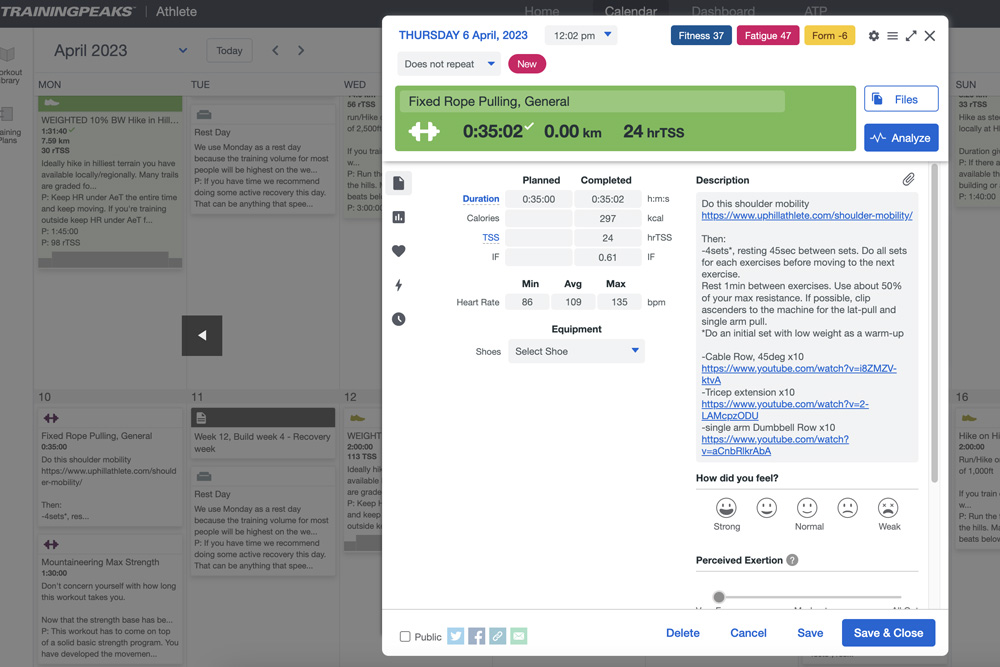
For example, Tuesdays are busier for me so I have swapped the default rest day from Monday to Tuesday. I also prefer to take my ‘recovery run’ on a Friday at the end of the week. An annual subscription to the premium service is $124.99.
4. Kit yourself out
A key part of my training is improving my aerobic threshold (AeT) – the ‘steady-state effort’ that you could, in theory, perform for hours at a time. While I won’t go into the science of AeT here, you really need to be able to measure your performance during exertion to track and improve it.
Therefore, it’s extremely helpful to be able to monitor and record my workouts and then upload them to TrainingPeaks. The best way to do this is with a multisport watch. I opted for a Wahoo ELEMNT RIVAL which is recommended by TrainingPeaks.
The smartwatch tracks distance, duration and workout data – including heart rate – with minimal interaction required during sessions. It’s easy to use and as I exercise, it provides interval prompts and target-tracking feedback to keep me on pace and at the right intensity level.
As a significant part of my routine involves weighted runs and hikes, simulating carrying a backpack, I’ve invested in a Bulldog weight vest. The vest includes removable solid metal 1kg weights, that fit securely into 18 pockets on the front and back of the vest, so I can build up to 20kg over time. It’s ergonomic and fits snugly and securely making it comfortable for long workouts.
As I’ll be doing a lot of urban and indoor hiking, I recommend getting footwear that suits the terrain. I opted for the WK400 walking shoe from Keen, one of my favourite outdoor brands. The shoe is specifically designed for urban and treadmill walking. It features a curved sole and cushioned midsole that encourages forward momentum.
For longer hikes out in the wild, I have a pair of Keen NXIS EVO, a more traditional sturdy hiking shoe that is also light, waterproof and provides ankle support. Read our guide on how to choose hiking boots for more information.
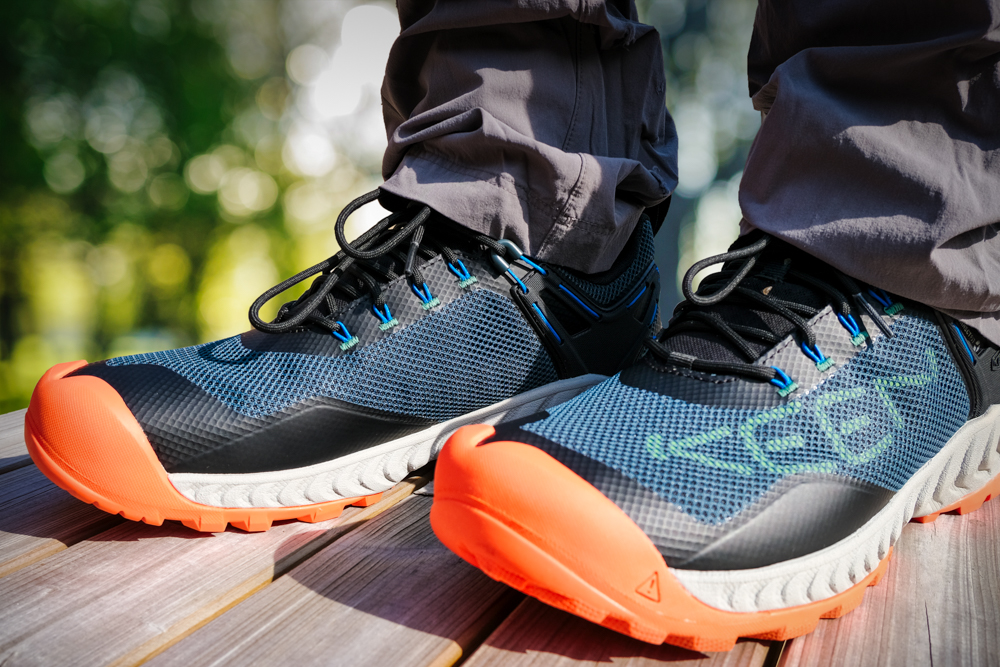
Finally, it’s worth picking up a copy of Training for the New Alpinism for a deep dive into the theory behind the program. The book covers every element of the regime as well as endurance and strength training theory, methodology and planning; advice on nutrition, altitude preparation and mental fitness; and how to evaluate your goals and your strengths. The book is also punctuated with essays on how to train for mountaineering from world-renowned climbers such as Uli Steck, Will Gadd and Wojciech Kurtyka.
5. Develop aerobic endurance
The largest part of my training focuses on developing my aerobic endurance through a mix of running, uphill hiking and weighted hiking. During an average week, four out of six sessions will involve these disciplines that replicate hiking over hilly terrain. For me, some of this will be outdoors, but a lot of the sessions will have to be completed in London where I don’t have access to hilly terrain.
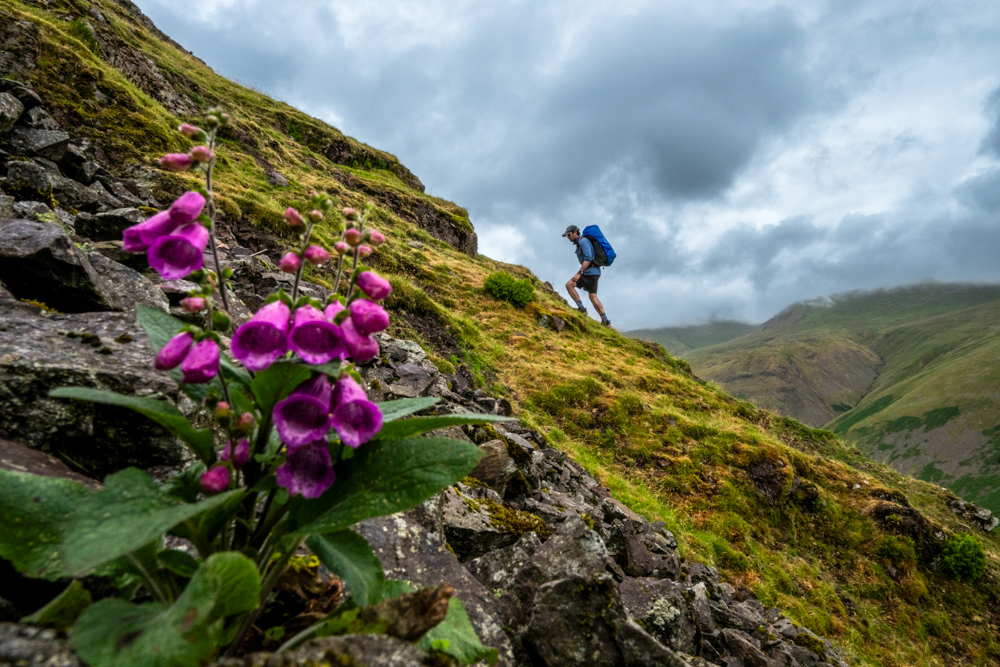
As such, I have to find ways to reproduce the conditions. In order of preference these will be:
- Hiking stairs in a tall building
- Using a stairmaster-type machine
- Setting a treadmill to at least 15% grade (I usually opt for 20%)
The program begins with relatively short sessions ranging from 30 minutes to an hour. Over time, these sessions build up to four hours. Additionally, as the program progresses, I add weight using my weight vest to simulate hiking with a backpack. I’m currently carrying around 12kg but will eventually carry 20kg as standard.
6. Build Strength
The strength workout from Uphill Athlete focuses on building upper and lower body strength over time and is based on Scott Johnston’s ‘General Strength Routine’ which is provided once you buy the program.
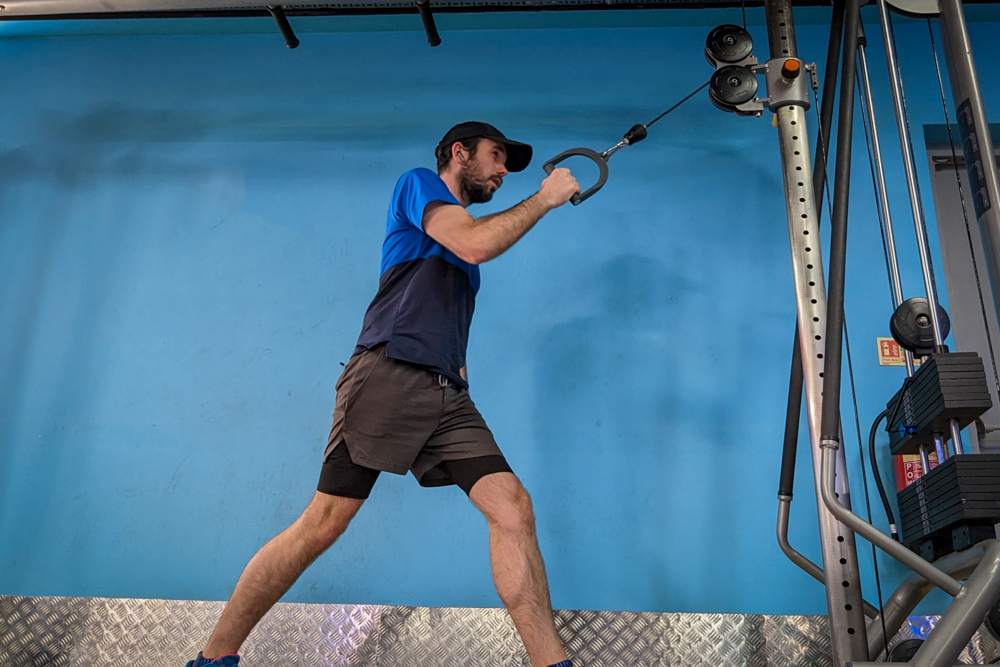
The routine requires minimal props, which means they can be completed almost anywhere but I find it easiest at the gym where I have more space and access to all the apparatus. The ‘General Strength Routine’ focuses on the below exercises:
- Turkish getups
- Pushups
- Split bench squat
- Dips
- Box step-ups
- Pullups
- Squats
- Hanging leg raises
As the program progresses, I will progressively add resistance to the above exercises using my weight vest. Where a weight vest isn’t practical, I’ll use dumbells and kettlebells. A second strength routine is introduced after eight weeks which focuses on developing muscle groups specifically required for rope pulling.
7. Stengrthen your Core
Developing my core strength forms an essential part of my training plan. A strong core will guard against injury and will enable me to use my arms and legs more effectively.
The program uses Scott Johnston’s ‘Killer Core Routine‘ which is based on the following exercises:
- Strict situps
- Bird dogs
- Windshield wipers
- Power points (awkward airplanes)
- Kayakers (Russian twists)
- Super pushups
- Hanging leg raises
- Back bridges
- L-sits
- Side planks
Like the strength routine, resistance is built by adding weight either by using a weight vest or dumbbells and kettlebells.
Conclusion
Of course, all this preparation and training does not guarantee a successful summit on Denali. There are certain things beyond my control such as altitude sickness, weather conditions and injury.
However, this program is founded on the expertise of mountaineers and alpinists with years of experience on some of the world’s highest and most challenging mountains. Following it gives me the best chance of success.
Ultimately, I won’t truly know the results until I hit the slopes of Denali in May 2024. Wish me luck and watch this space.
Enjoyed this post? pin it for later…
